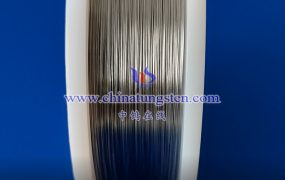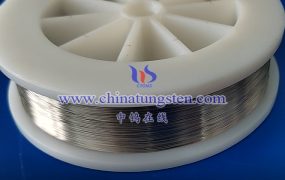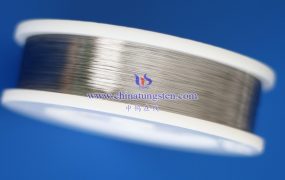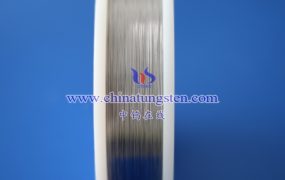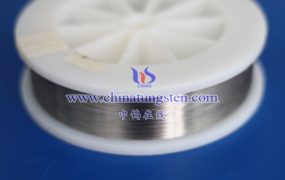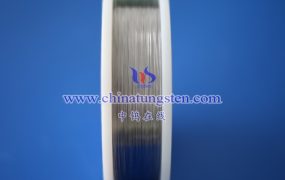
Tungsten needles have a relatively high thermal conductivity, which makes them useful for microscale heat transfer applications. However, the heat transfer coefficient of tungsten needles depends on various factors such as their size, shape, surface properties, and the surrounding medium.
In comparison to other commonly used materials in microscale heat transfer applications, such as silicon, glass, and polymers, tungsten has a higher thermal conductivity. For example, the thermal conductivity of tungsten is approximately 173 W/(m·K) while that of silicon is approximately 150 W/(m·K), glass is approximately 1 W/(m·K), and polymers are generally much lower.
However, it’s important to note that the heat transfer coefficient of a material is not solely determined by its thermal conductivity, but also by other factors such as the surface area, surface roughness, and the nature of the surrounding medium. Therefore, the specific application requirements and operating conditions should be taken into consideration when selecting a material for microscale heat transfer applications.
